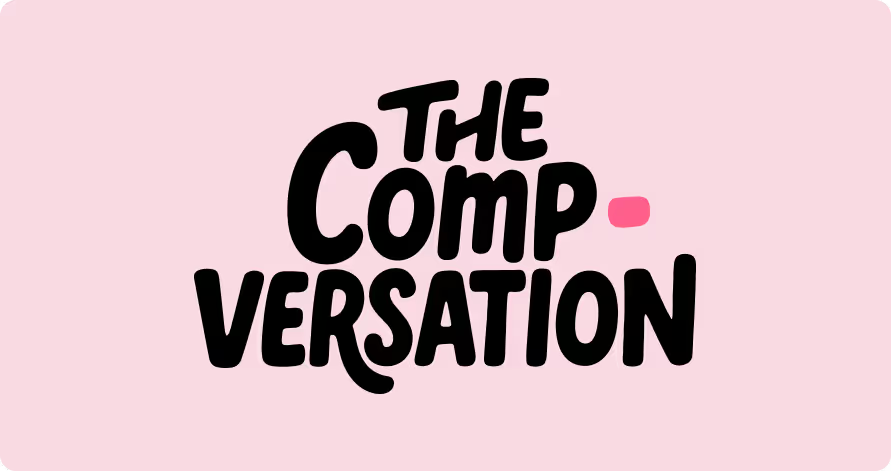The freelancing boom that was accelerated by the pandemic is showing no signs of slowing down. As of 2023, there are 1.57 billion freelancers worldwide, representing 46.6% of the global workforce.
While many are experienced professionals, Gen Z are also embracing the trend. A Fiverr global study of Gen Z-ers found that 70% are already freelancing or plan to in the future. And according to another study, almost 70% of freelancers worldwide are under the age of 35.
In short, this tidal wave of freelancing, driven in part by the new working methods that emerged during the pandemic, probably isn’t going anywhere anytime soon.
Should HR get involved with freelancer management?
Businesses are also benefiting from this trend. According to a 2024 survey, 92% of companies in the US expect to increase their use of freelancers in the next 12 months.
And for many of them, it’s not just a one-off solution — they regularly call on freelancers for specific expertise that they struggle to find internally.
This means that the way teams are made up within businesses is changing — and fast.
Companies are becoming more and more hybrid, with external providers working side-by-side with permanent employees on the same tasks and projects. I’ve also seen employees decide to move to freelance contracts to get around certain rules, like those related to remote work or part-time hours (maybe this is something you’ve seen too?).
At first glance, this seems squarely within HR’s remit.
Except here’s the thing: I’ve noticed that HR is rarely involved in freelance management.
Since these are contracts with external service providers, these issues are most often handled directly by team leaders, with occasional support from purchasing directors.
And since freelancers aren’t typically integrated into HRIS systems, it can be difficult to even keep track of contracts.
(I’d be interested to know: do you have any visibility into the freelance population at your organisation?)
Of course, there are a number of obstacles that prevent HR from being too directly involved with freelance management. Among them, in some countries, managing freelancers too closely could incur a risk of reclassification as employees.
But there’s also the question of challenging the company’s management culture, which many want to avoid.
And that’s not to mention the extra workload that managing freelancers would represent. At a time when our profession is at risk of widespread burnout, many HR teams are simply short on bandwidth.
However, it’s precisely these risks that must push us to take the lead on the freelance issue.
The Wild West of salary negotiations
As a compensation and benefits leader, the first thing that comes to mind for me when I think about this issue is this: how will this phenomenon impact pay structures and internal equity within organisations?
The timing is interesting too: new legislation is currently being passed to guarantee pay transparency for employees. Could freelancing be used as a workaround?
After all, the EU Pay Transparency Directive will in theory minimise the impact of negotiations on salary packages in the interest of equity (notably gender equity).
But freelance contracts can be negotiated freely and often exist outside of official processes.
We also have to ask ourselves how employees will cope with working alongside freelance colleagues… especially since the gross fees earned by freelancers can seem staggering at first glance.
It’s worth remembering that freelancers are responsible for paying their own social security charges, pension contributions, health insurance and more… and that they don’t benefit from the same rights and protections as permanent employees.
The working and pay conditions of these two populations are so different that comparing them directly is almost impossible.
Blurring boundaries between employees and freelancers
But the fact remains: tomorrow’s compensation and benefits teams must ask questions about fairness between freelancers and employees. Especially in the pay transparency era, where employees expect to understand how their pay compares to their colleagues.
Freelancers, working side-by-side with others, will also be forced to compare their pay and conditions to ensure fairness and equity.
In fact, a number of them are already beginning to reflect on their status and how the world of work is changing. For them, independence doesn’t come at the expense of security and equality.
Initiatives like the Independent Workers Union of Great Britain (IWGB) in the UK, and Independents.co in France prove that this isn’t just a passing trend or a hangover from the pandemic.
Instead, it’s a real overhaul of our ways of working.
At a time when permanent contracts are becoming more flexible (think unlimited paid time off, flexible hours, remote work, etc) and self-employed contracts are increasingly regulated, is it fair to say that the line between the two statuses is starting to blur?
Rather than maintaining a binary distinction between freelancers and permanent employees, should we consider a company’s talent pool from a more holistic and integrated perspective, regardless of the engagement structures in place?
It’s up to us, HR and compensation professionals, to answer questions like these.
One notable trend is the hyperpersonalisation of packages: will the pay transparency era be accompanied by increased diversity in contracts, each with its own set of benefits?
(I’ll address this question in a future issue of the newsletter).
As always, my inbox is open to your thoughts and impressions, and I look forward to carrying on the conversation.
To continue the conversation
Here’s some reading to keep the conversation ongoing on this topic. If you’ve come across any interesting reads, feel free to send them my way!
What We Learned From The Global Survey On Freelancing — Jon Younger, Forbes
This article from Forbes presents interesting insights from a survey on freelancing conducted in 2021. It shows that the rise in freelancing accelerated by the pandemic is a global phenomenon, with over 90% of companies depending on freelancers and intending to increase their use.
The agile workforce model is essential for future success — HR Magazine
A look at why blended workforces made up of employees, freelancers, part-time staff and contractors is key to adapting to shifting market demands. This article from HR Magazine presents the benefits of this agile approach, but also discusses some of the challenges for HR, including the need to invest in tools and initiatives that keep everyone connected.



.avif)

